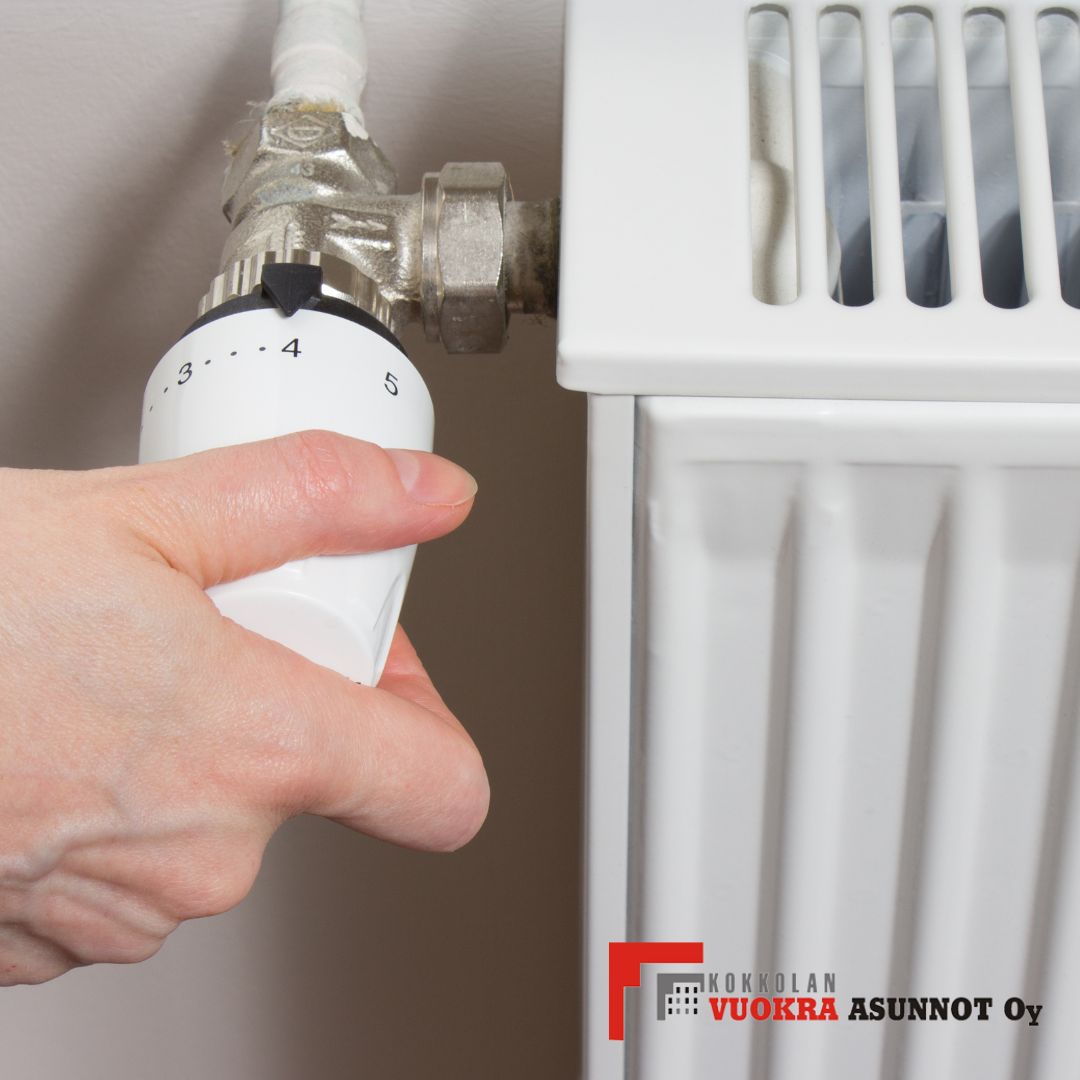
Operation of District Heating and Use of Thermostats: Tips for Residents!
We would like to inform you, our residents, about the operation of district heating and the use of thermostats, so you can make the most of your heating system.
Operation of District Heating:
- In a district heating system, the temperature of the water in the radiators is automatically adjusted according to the outdoor temperature. For example, when it is 0 degrees Celsius outside, the water in the radiator network is approximately 40 degrees Celsius.
- The heating is never turned off. In the autumn, when the days are still warm, the radiators may feel cooler. In the winter, when the frost comes, the radiators heat up more.
- Especially in autumn and spring, when there are large differences between day and night temperatures, the heating system reacts with a delay. This is because the thermostats and sensors in the heating system need time to adjust to the rapidly changing outdoor temperatures, which can cause a delay in indoor temperature regulation.
Thermostats:
- The ideal room temperature is usually around 20–22°C, which is comfortable and energy-efficient. As a resident, you can also adjust the room temperature using the radiator thermostat.
- A radiator thermostat is a device that regulates the temperature of the radiator based on the room temperature. It works by measuring the air temperature around the thermostat, not directly the temperature of the radiator or the water.
- When the room temperature reaches the set temperature on the thermostat, the thermostat starts to restrict the flow of water to the radiator, and the radiator cools down. If the room temperature drops below the set level (e.g., when it gets colder outside or a window is open), the thermostat opens the water flow to the radiator again, and the radiator starts to heat up.
Adjusting the thermostat is easy when you know a few basics. Here are some tips:
- Set the desired temperature: Turn the thermostat dial until it shows the temperature you want.
- Avoid large changes: Keep the thermostat settings as consistent as possible. Large changes can overload the heating system and cause uneven temperatures.
- Do not cover the thermostat: Make sure the thermostat is unobstructed and that air can circulate around it. This helps the thermostat accurately measure the room temperature.
District heating keeps your home warm in all weather conditions and automatically adjusts the temperature.
